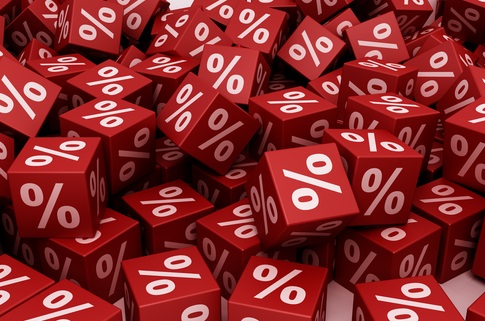The Reserve Bank of Australia (RBA) meets every month to determine what direction to take the cash rate. This cash rate is also called the overnight rate which is the rate on overnight loans in the money market.
Banks make a profit from lending out money and charging a higher interest rate than the cost of the money. Their main source of funding is from the deposits that they receive from customers. Transactions take place every day within banks where people may want to withdraw cash from their accounts. To ensure all these transactions are settled overnight, the RBA requires banks to hold a certain percentage of their deposits in liquid cash reserves. If banks do not meet those reserve requirements for one day then they can borrow from the RBA or to each other to meet this. Capital requirements differ for small and big banks.
Why are capital reserves important?
Banks need to be trusted by the public. Customers need to feel confident that if they withdraw cash or transfer money, this will be completed successfully. If customers have no confidence with their bank, then there may be a rush of depositors withdrawing their cash. If this happens the bank will fail and cause widespread fear amidst other banks as well. This in effect will have serious implications to the economy as banking stability has a direct link to GDP growth.
How does a banking crisis impact the economy?
If banks are in financial distress and have liquidity constraints, they will be unable to lend out funds to businesses and consumers. This may cause firms to reduce spending and reduce employment. This can lead to lower economic growth and decrease the number of people they employ. This in turn can lead to redundancies as firms cut back on spending. It can also cause people to have a negative outlook on the economy and encourage them to save more and reduce spending.
How does this cash rate affect customers?
A lower cash rate would motivate banks to lend to more customers because if they did exhaust their cash reserves for one day, it wouldn’t be too costly to borrow from the RBA to meet those capital requirements. When the interest rates are high, banks would be deterred from lending out too much cash as the lending cost from the RBA to fulfil these overnight capital requirements would be expensive.
How does the cash rate affect the economy?
The RBA may lower the cash rate to stimulate the economy. It does it through monetary policy to affect the demand of funds in the economy. When the cash rate is low, it encourages banks to lend to more people. Borrowers are also more likely to take up loans when the rates are low. Businesses also react to lower interest rates by borrowing more and increasing the amount they produce. This can increase employment and this in effect stimulates the economy.
A higher interest rate would have the opposite effect where consumers and business would be discouraged from borrowing as it the cost would be more expensive. The objective of a higher interest rates is slow down economic activity and reduce inflationary pressures.
Lauren Hua is a private client adviser at Fairmont Equities.
An 8-week FREE TRIAL to The Dynamic Investor can be found HERE.
Would you like us to call you when we have a great idea? Check out our services.
Disclaimer: The information in this article is general advice only. Read our full disclaimer HERE.
Like this article? Share it now on Facebook and Twitter!

